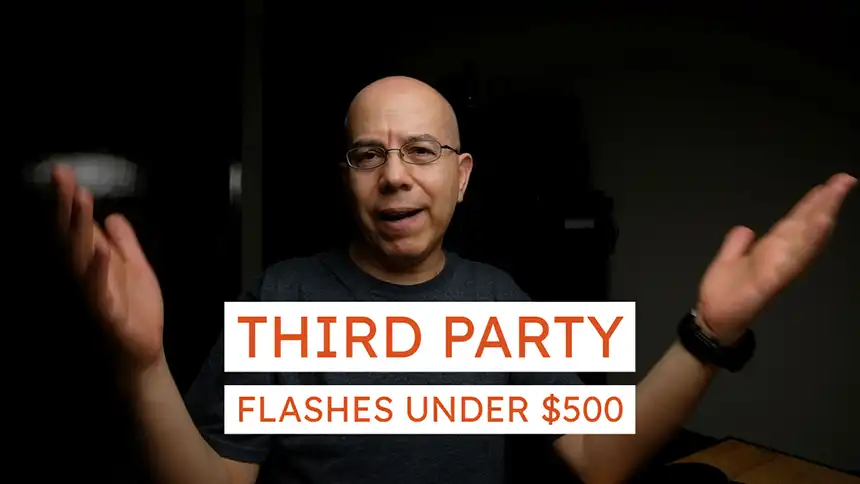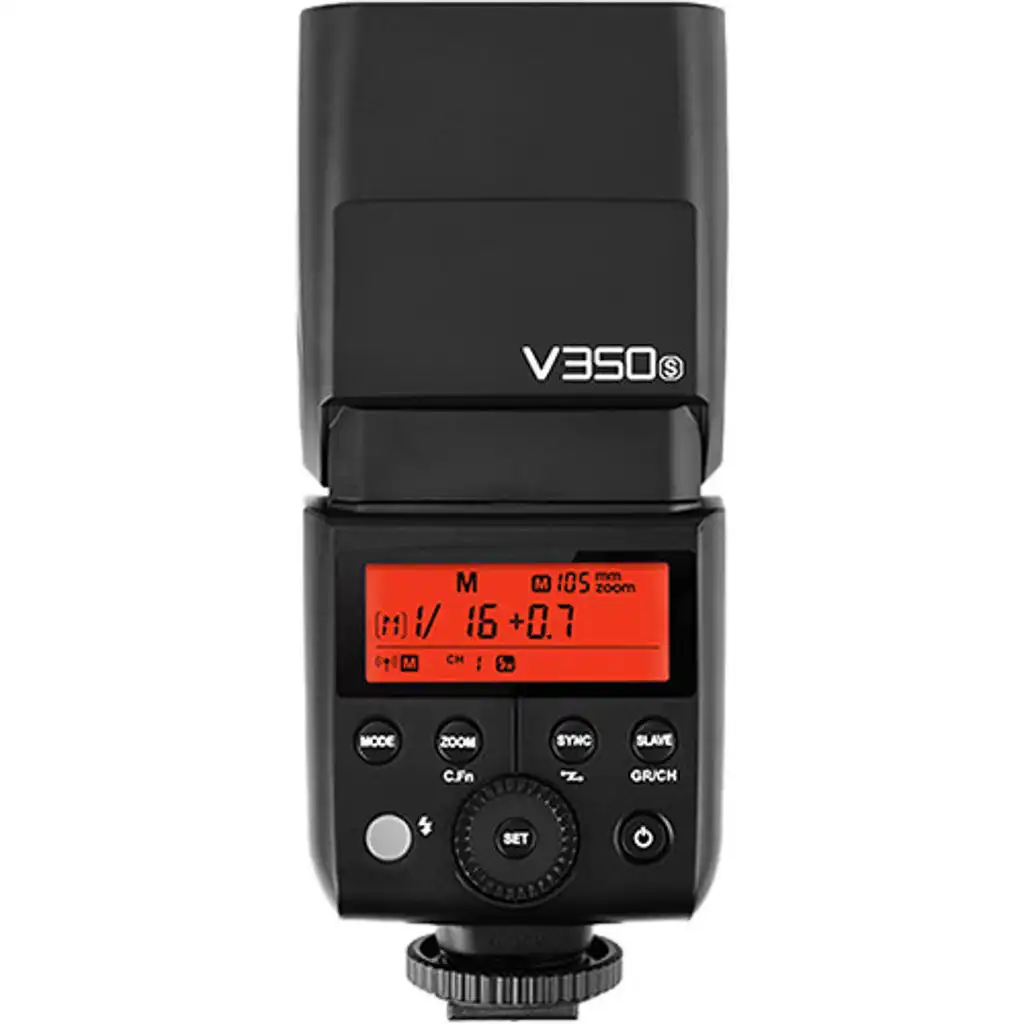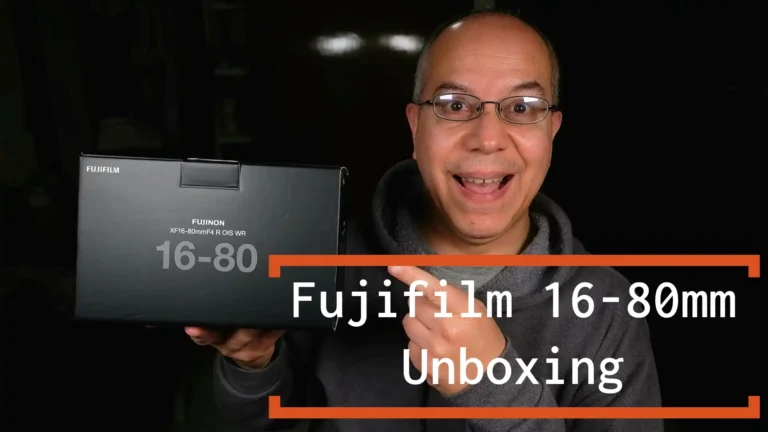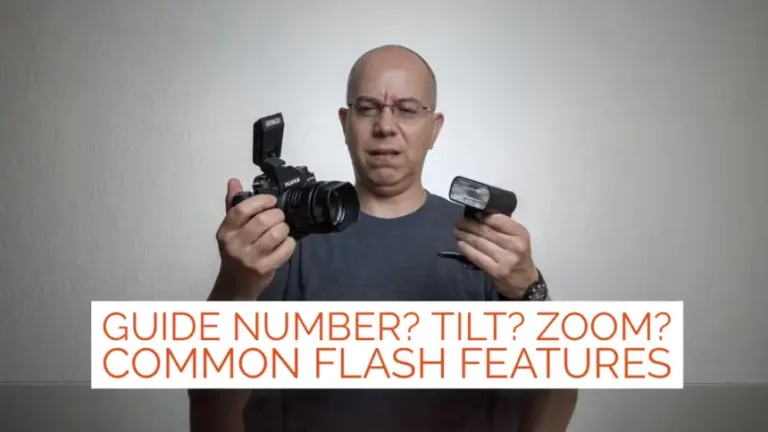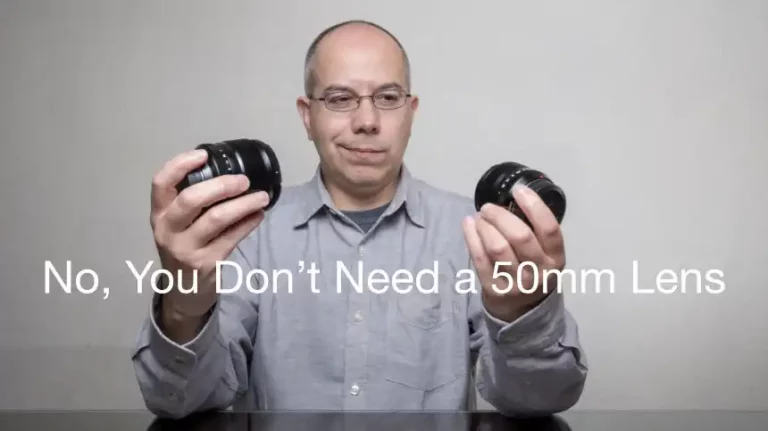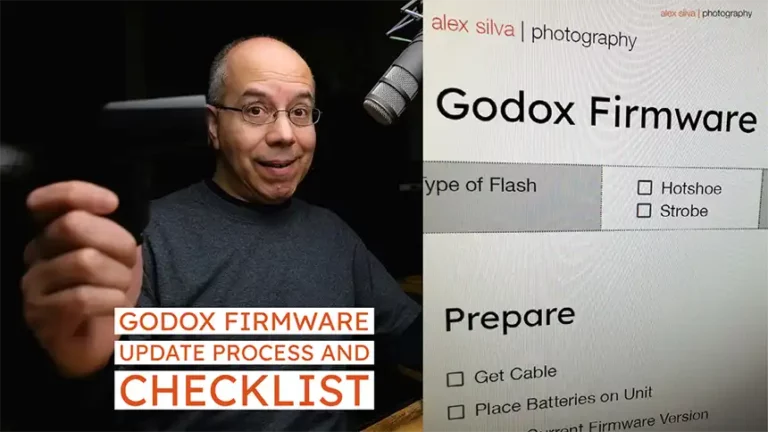Flash Buying Guide (2021 Edition)
If you’re planning to start using flash, you’re probably wondering: what flash should you get? Especially, what flash should you get without breaking the bank? Keep reading to see my latest flash buying guide.
Talking about flashes, you’re probably starting your flash photography journey and looking for a flash. There are so many options out there, that I decided to do some research for you and came up with two lists of flashes.
Criteria
The first list are flashes that comply with the following criteria, they:
- Are priced under US$500
- Have integrated radio receivers, with transceivers being a plus
- Tilt 90 degrees and swivel 180 degrees, at least
- The most important: you can make a light system with them, going forward
This list has three categories based on power or guide number, then I separated them between TTL and Manual and sorted by price. Here we go!
Guide Number 64
Let’s start with the most powerful, at a guide number of 63 meters or more.

There is only one flash in the category, which is the Westcott FJ80. It’s a very cool flash, with a single unit being compatible with Canon, Sony, Nikon, Fujifilm and Micro 4/3 cameras, you only need to mount it on your camera and select what camera system you’re using in the flash’s menu.
Another great feature in the FJ80 is that it’s compatible with Canon’s radio transmission system, so you can mix the FJ80 with Canon’s radio enabled speedlites.
Of course, the corresponding transmitter from Westcott, the FJ-X2m, is also compatible with all the major brands.
The FJ80 sells for around US$330, while the FJ-X2m transmitter sells for around US$100.
Guide Number 60 – 58
With guide numbers of around 58 meters, this is the most popular category. As such, these flashes are usually packed with features offering great functionality. I need to separate this category in two groups: TTL and Manual Flashes
TTL Capable Flashes

First in the list is the Nissin i60A Air, which offers a guide number of 60 meters in a compact form, while powered by AA batteries. The flash itself is TTL compatible with Canon, Sony, Nikon, Fujifilm, and Micro 4/3 cameras.
Nissin has its own radio transmission system, and you can choose from two transmitters: the Air 10s Commander, which has versions for Canon, Sony, Nikon, Fujifilm, and Micro 4/3 cameras or the Air 1 Commander, which has versions for Canon, Sony, Nikon and Micro 4/3 systems.
The Nissin i60A Air usually sells for around US$300, while the Air 10a Commander sells for US$130 and the Air 1 Commander for US$80.

Next is the Phottix Mitros+, which is a very interesting flash. It has Manual, TTL and Multi modes like any other flash in this list and at first glance you realize it’s only compatible with Canon when mounted on-camera. However, in radio receiver mode it’s compatible with any version of the Phottix Odin II transmitter. The transmitter is available in Sony, Nikon, and Pentax versions.
The Mitros+ usually sells for about US$260, while the Odin II transmitter goes for about US$180.

The next flash in the list is the Godox V1, which you can recognize by the round head. It has the expected features in this list and it’s powered by a proprietary Li-ion battery, giving you shorter recycle times and more flashes per charge. It’s available for Canon, Sony, Nikon, Fujifilm, Micro 4/3, and Pentax cameras.
As with other Godox hotshoe flashes it has an integrated radio transceiver, compatible with Godox X radio transmission system. This means you can fire other flashes with the V1 or you can fire the V1 with many Godox transmitters like the X2T and XPro. The X2T transmitter is available in Canon, Sony, Nikon, Fujifilm, Micro 4/3, and Pentax versions. The XPro is also available for Canon, Sony, Nikon, Fujifilm, Micro 4/3, and Pentax cameras.
The Godox V1 sells for around US$260, while the X2T transmitter sells for around US$60, and the XPro for about US$70.

The Phottix Juno TTL is the next flash on our list. It’s a slightly more powerful version than the Mitros+, with all the rest of the features. As the Mitros+, the Juno is only compatible with Canon when used on-camera, but it’s compatible with all versions of the Odin II transmitter when in radio receiver mode.
The Phottix Juno TTL usually goes for about US$190.

The Godox V860II and TT685 are our next flashes on the list. They both include a radio transceiver, like many other Godox flashes, they both have the same power, modes and rectangular head, so what’s different? The TT685 is powered by AA batteries, while the V860II is powered by a Li-ion battery. This means the V860II recycles faster and fires more flashes per charge. Of course, your mileage may vary.

The V860II is available for Canon, Sony, Nikon, Fujifilm, and Micro 4/3 cameras. The TT685 is also available for Canon, Sony, Nikon, Fujifilm, and Micro 4/3 cameras.
The Godox V860II goes for US$180 while the TT685 goes for US$100.
Manual Only Flashes
All flashes in this group are pretty much universal, because they only need a simple firing signal and most cameras have a single, central pin to send this kind of signal.

The first manual flash in the list is the Phottix Juno Li60 Manual which, as the name implies, works with a Li-ion proprietary rechargeable battery. You can fire this flash remotely by using an Odin II transmitter on your camera.
The Phottix Juno Li60 usually sells for around US$200.

The next flash is part of a pretty interesting system. Not only is the Cactus RF60x universal because it’s manual, but the Cactus V6 transmitter is universal because the same transmitter model can work in TTL mode with Canon, Nikon, Pentax and Micro 4/3.
The Cactus RF60x usually sells for about US$185, the Cactus V6 universal transceiver sells for US$75, while the Cactus V6 transceiver for Sony sells for US$95.

Our next entry in the list is the Godox V850II, which is powered by a proprietary Li-ion battery. As with other Godox flashes, it has a built in radio transceiver compatible with other Godox transmitters. It sells for around US$140.

Phottix has another entry in this list, which is the Juno Manual flash. It has the same features as the Li60, but it’s powered by AA batteries and is compatible with the Odin II radio transmitters. The Phottix Juno Manual usually sells for about US$100.

Last but not least, the Godox TT600 is a great flash with the usual set of features, it’s compatible with Godox radio transmitters and is powered by AA batteries. It usually goes for around US$60.
Guide Number 35
When you only need just a touch of light, a flash with a guide number of 35 meters may be just what you’re looking for. If that is your case, I have two flashes for you.
First, the Godox V350. It is full of features like the larger, more powerful flashes, but in a smaller package. It’s compatible with the Godox transmitters and it’s powered by a proprietary Li-ion battery. The V350 is available for Canon, Sony, Nikon, Fujifilm, and Micro 4/3 cameras. It goes for around US$160.

Next is the Godox TT350. It is the same flash as the V350, except it’s powered by AA batteries. The TT685 is also available for Canon, Sony, Nikon, Fujifilm, and Micro 4/3 cameras. It sells for about US$70.
Summary
And there you have it: A flash buying guide of TTL and Manual flashes, with integrated radio receivers, for under US$500.
I really hope you found this post interesting, informative but also entertaining. If that is the case, please leave a comment below and share this post with your friends! But most of all, please remember to Stay Safe, Keep Learning and Keep Creating.
DISCLAIMER: Links included in this post might be affiliate links. If you purchase a product or service with the links that I provide I may receive a small commission at no additional charge to you. Thank you for supporting this blog so I can continue to provide you with free content every week!

